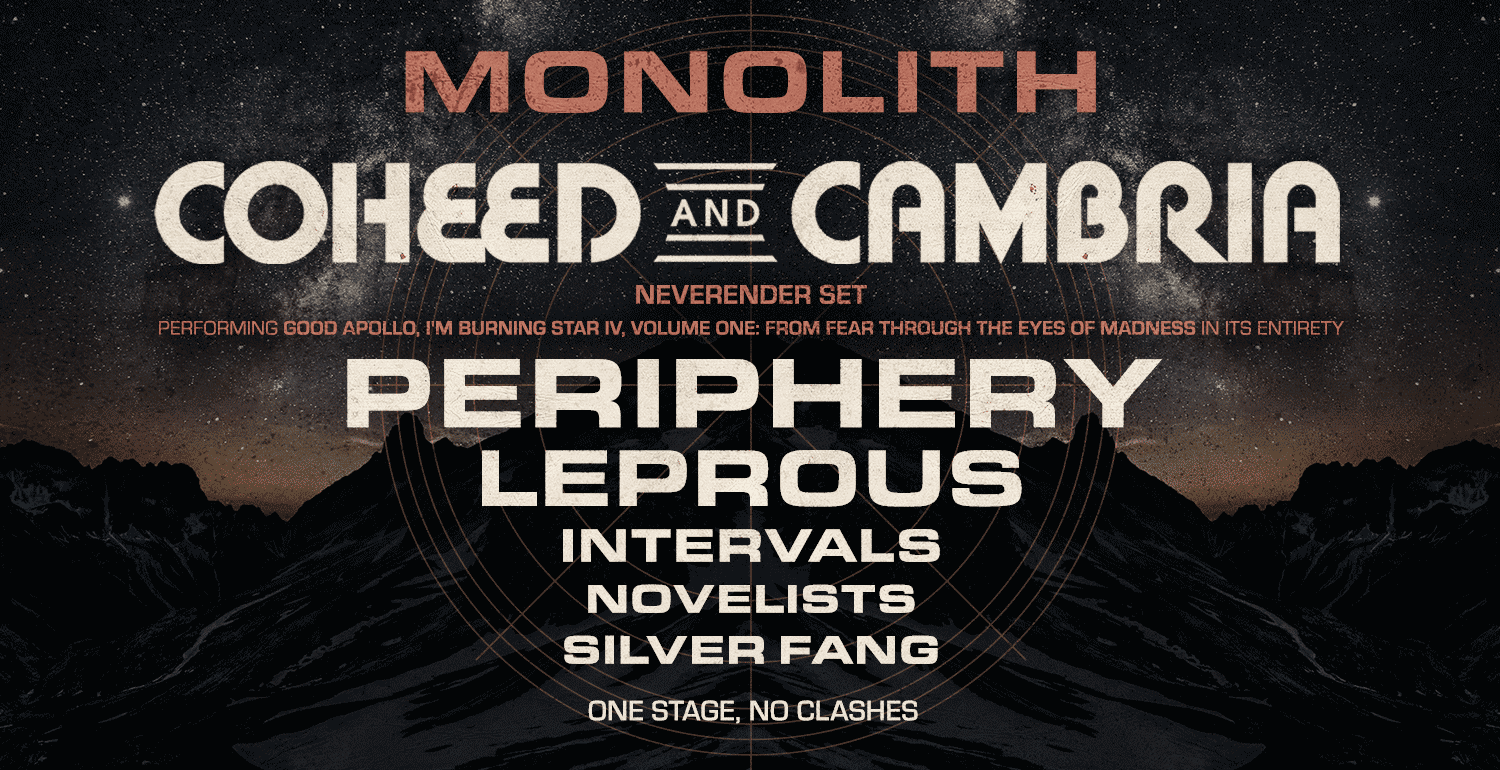Written by Luke Ashley
A common question: “They wrote a pretty cool riff, but how did they get all the stars to align?”
‘De-Composing Great Songs’ is a fortnightly column where we dissect a staple of heavy music and discover why it made such an impact. Let’s begin proceedings with a recent release that turned heads the world over – Silvera from Gojira’s sixth studio album, Magma.
It’s easy for some to dismiss music analysis on the grounds of stifled creativity, so firstly we must look at why it is important to understand the makeup of a song. It is no question that HEAVY readers express a high rate of musicianship, and combining established tropes with your unique writing style are how a genre evolves. For a more casual listener, analysing which elements resonate with you increases your scope of comprehension. Thus it stands to reason that dissecting works which inspire you are important for creative growth as both a listener and musician.
Production, intention and the artists’ performance all play a huge part in creating a soundscape, but we will reserve those aspects for a future article. Today we are going back to basics and focussing on the building blocks of western music – rhythm, melody and harmony.
Verses are traditionally reserved for story progression, so what better way to support this than having each verse evolve alongside the lyrical content? Using a common rhythmic technique that often goes unnoticed, Silvera shifts a few notes in each verse to adapt the mood and escalate the arrangement. It is a mature approach towards subverting audience expectation and maintaining interest. This is an especially important point for musicians to consider when composing – the verses of a well-written song will almost always exist to support the vocals.
Another rhythmic technique employed is a compound pattern revolving around threes and fours. This devilishly clever pattern is presented in the chorus where the bar rotation depends on your perception. The bass holds three beats for four bars while the drums hold three beats over four bars. Look to the Stranded chorus from the same album and you will see the same technique employed, only with the percussive elements reversed into four chords over three bars. These percussive motifs encourage the listener to invest while giving the artist a solid sense of identity.
Silvera also utilises some uncommon scales that have a rich history in popular heavy music – namely Phrygian dominant and the diminished (or half-whole) scale. Phrygian dominant finds heavy usage in classics such as the melodies of Rainbow’s Gates of Babylon and Iron Maiden’s Powerslave, with the diminished scale in high rotation throughout the rhythm section of more aggressive bands like Machine Head, Fear Factory and Parkway Drive. This pairing of unconventional scales leads to create a very commanding atmosphere that teeters between tension and release.
This is part of what makes metal so great – where a genre such as pop focusses on clean cadences and diatonic harmony, metal welcomes dissonance as a means of expression. Other examples of those mentioned above can be found in Trivium’s Dusk Dismantled or Metallica’s Battery, where a high rotation of leading notes with immediate resolution feels gratifying for the listener.
Regardless, the aforementioned is all redundant without some form of melody to lead you through the piece – not unlike a ferryman. Melody is used somewhat sparingly in this arrangement, but its impact is paramount when present. Serving primarily as a guitar hook throughout the chorus and solo, it presents clear sectioning that allows the listener to comprehend the full structure within a single listen. Melody does not serve its conventional purpose here – nor does it need to – as the composition has been built with a heightened focus on rhythm and harmony.
Each composition is a jigsaw puzzle; using the same components in a nearly infinite variety of ways to ultimately form a square. It’s not just about the result, its understanding how everything fits together and appreciating the intricacy of so many parts working in unison. Music is a terribly complex machine regardless of its technical difficulty, and the synergy of arrangement is an essential ingredient in what makes a song great.
[youtube https://www.youtube.com/watch?v=iVvXB-Vwnco]













